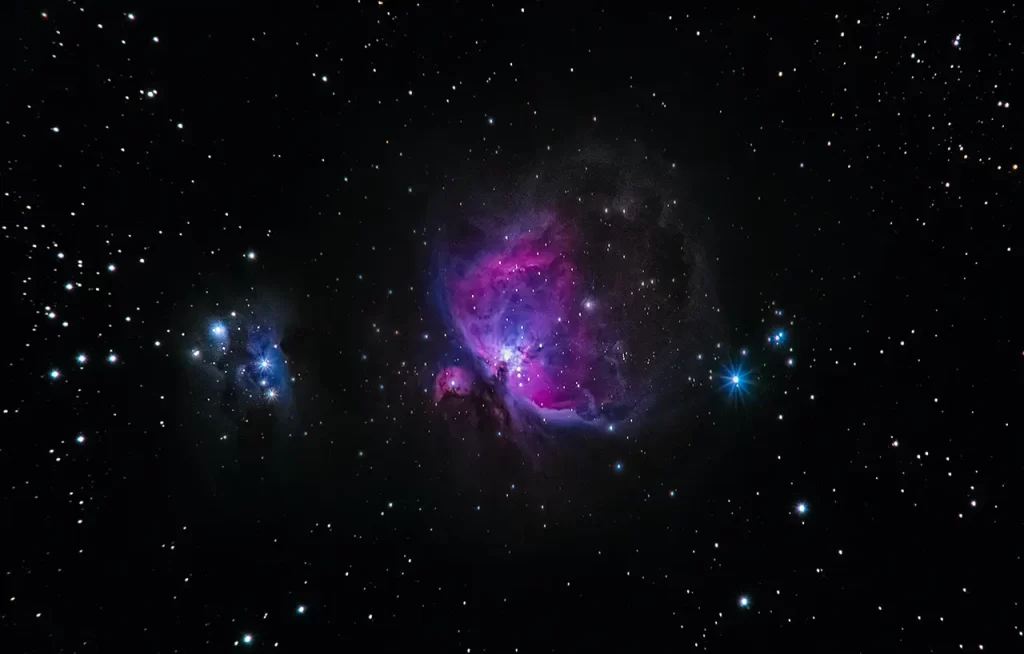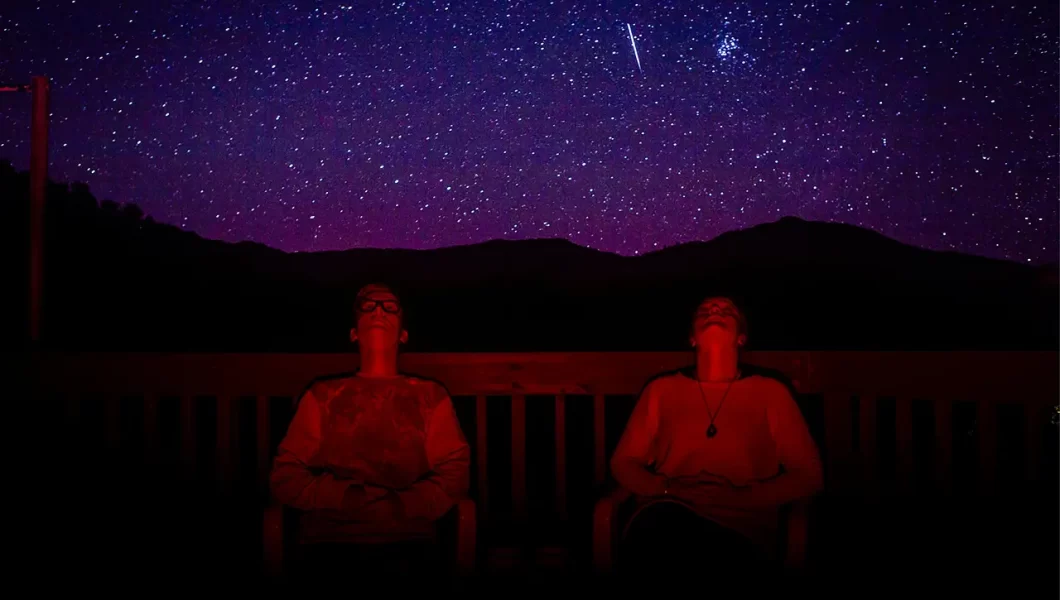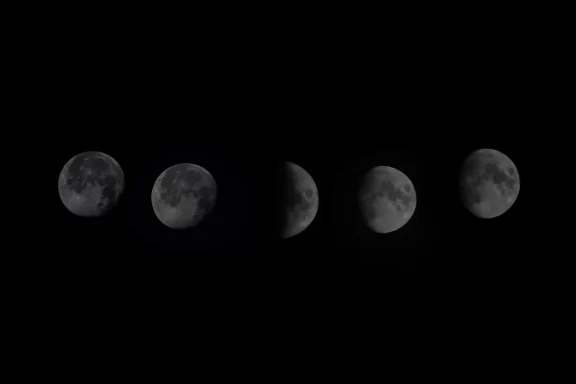When was the last time you gazed up at the night sky? Perhaps it was during a camping trip or a leisurely evening stroll. Regardless, the universe above us holds a beauty and wonder that captivates the imagination of people from all walks of life. In this blog post, we’ll explore the marvels of stargazing – an activity that not only offers a moment of tranquillity but also provides a gateway to understanding the vastness and complexity of the cosmos.
The Magic of Constellations
Discovering Patterns in the Stars
One of the most enchanting aspects of stargazing is identifying constellations. These celestial formations, consisting of groups of stars that appear to form recognisable patterns, have fascinated humanity for centuries. From the ancient Greeks to indigenous cultures around the world, people have crafted stories and mythologies around these twinkling arrangements.
Orion: The Hunter
Among the most famous constellations is Orion, often referred to as “The Hunter.” With its distinctive belt of three stars and bright stars marking its shoulders and knees, Orion is a prominent sight in the winter sky of the Northern Hemisphere. According to Greek mythology, Orion was a mighty hunter placed among the stars by Zeus after his death.
Ursa Major and the Big Dipper
Another beloved constellation is Ursa Major. This constellation, which contains the well-known asterism known as the Big Dipper (or Plough in British English). This group of seven bright stars resembles a ladle or a saucepan, depending on your perspective. Many cultures have their own interpretations of Ursa Major, often associating it with bears or carts.
Navigating by the Stars
Long before the advent of GPS technology, sailors and travellers relied on the stars for navigation. By observing the positions of constellations such as the North Star (Polaris) and the Southern Cross, mariners were able to determine their direction and location on the Earth’s surface. Even today, stargazing can serve as a practical skill for outdoor enthusiasts and adventurers.
The Beauty of Planets and Celestial Events

Planetary Wonders
In addition to stars, the night sky often offers glimpses of planets within our solar system. Venus, often called the “Evening Star” or “Morning Star,” shines brightly in the twilight hours, while Jupiter and Saturn dazzle viewers with their distinctive rings and moons. Observing these planets through a telescope can reveal intricate details, from Jupiter’s cloud bands to Saturn’s ring structure.
Meteor Showers and Eclipses
Every year, the Earth passes through debris trails left behind by comets and asteroids, resulting in spectacular meteor showers. Events such as the Perseids in August or the Geminids in December offer sky watchers the opportunity to witness shooting stars streaking across the heavens. Meanwhile, solar and lunar eclipses occur when the Earth, Moon, and Sun align in specific configurations, casting eerie shadows and captivating observers worldwide.
Capturing the Night Sky’s Beauty
Astrophotography allows enthusiasts to capture the breathtaking beauty of the night sky in stunning detail. With advancements in camera technology and image processing software, even amateur photographers can produce awe-inspiring images of stars, planets, and celestial events. From long-exposure shots of star trails to close-up views of distant galaxies, astrophotography offers a unique perspective on the wonders of the cosmos.
The Science of Stargazing
Understanding Light and Distance
Stargazing isn’t just about admiring the beauty of the night sky – it’s also an opportunity to learn about the fundamental principles of physics and astronomy. By studying the light emitted by stars and galaxies, scientists can deduce crucial information about their composition, temperature, and distance from Earth. This knowledge allows astronomers to unravel the mysteries of the universe and deepen our understanding of its origins and evolution.
Grasping the Concept of Scale
One of the most mind-boggling aspects of astronomy is the sheer scale of the cosmos. From the immense size of stars to the vast distances between galaxies, the universe challenges our comprehension at every turn. Stargazing provides a humbling reminder of our place in the grand scheme of things, encouraging us to ponder our existence and contemplate the mysteries that lie beyond our reach.
Tips for Stargazing Success
Find a Dark Sky Location
Light pollution from cities can diminish the visibility of stars and other celestial objects. To fully appreciate the wonders of the night sky, consider seeking out a dark sky location away from urban areas. National parks, remote countryside, and designated dark sky reserves offer ideal conditions for stargazing adventures.
Invest in Binoculars or a Telescope
While stargazing can be enjoyed with the naked eye, investing in a pair of binoculars or a telescope can enhance the experience significantly. Binoculars allow you to observe distant stars, planets, and even galaxies with greater clarity, while a telescope opens up a whole new world of celestial exploration.
Learn to Use a Star Chart or Mobile App
Navigating the night sky can be daunting for beginners, but tools such as star charts or mobile apps make it easier to identify constellations, planets, and other points of interest. By familiarising yourself with the night sky, you’ll be better equipped to navigate its wonders and unlock its secrets.
Conclusion
In a world filled with hustle and bustle, stargazing offers a moment of serenity and reflection. Whether you’re a seasoned astronomer or a novice sky watcher, the beauty and complexity of the cosmos never fail to inspire awe and wonder. So, next time the stars come out to play, why not take a moment to look up and marvel at the wonders of the universe? You might just find yourself embarking on a cosmic journey of discovery.








No Comments